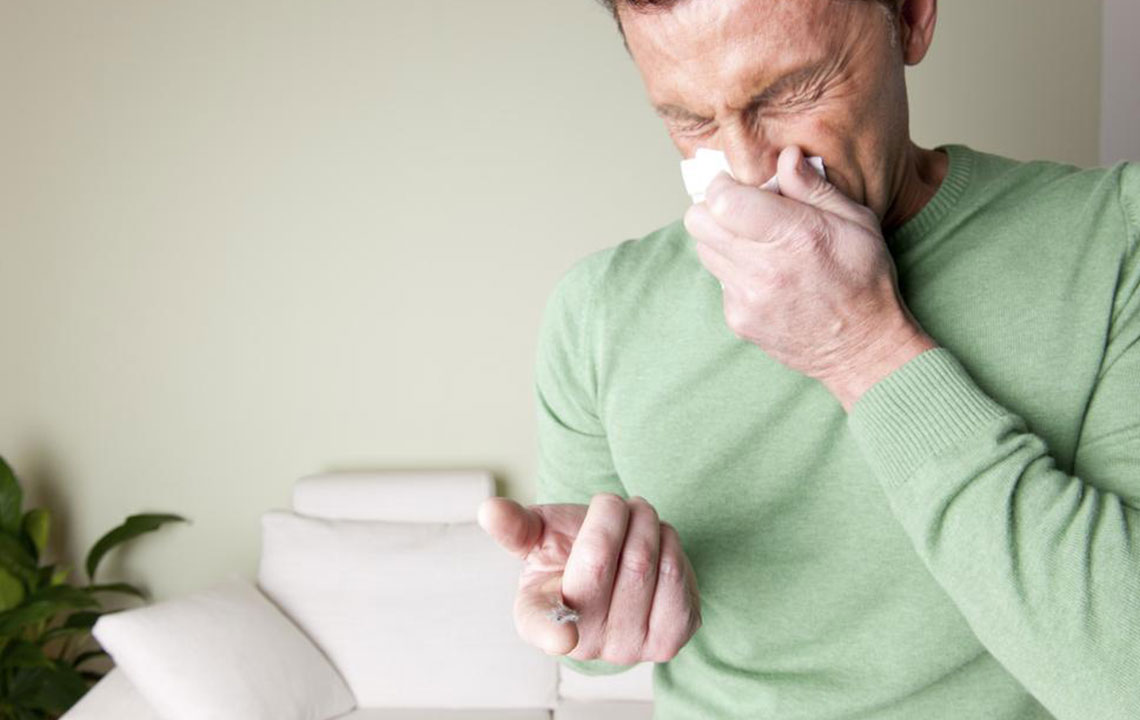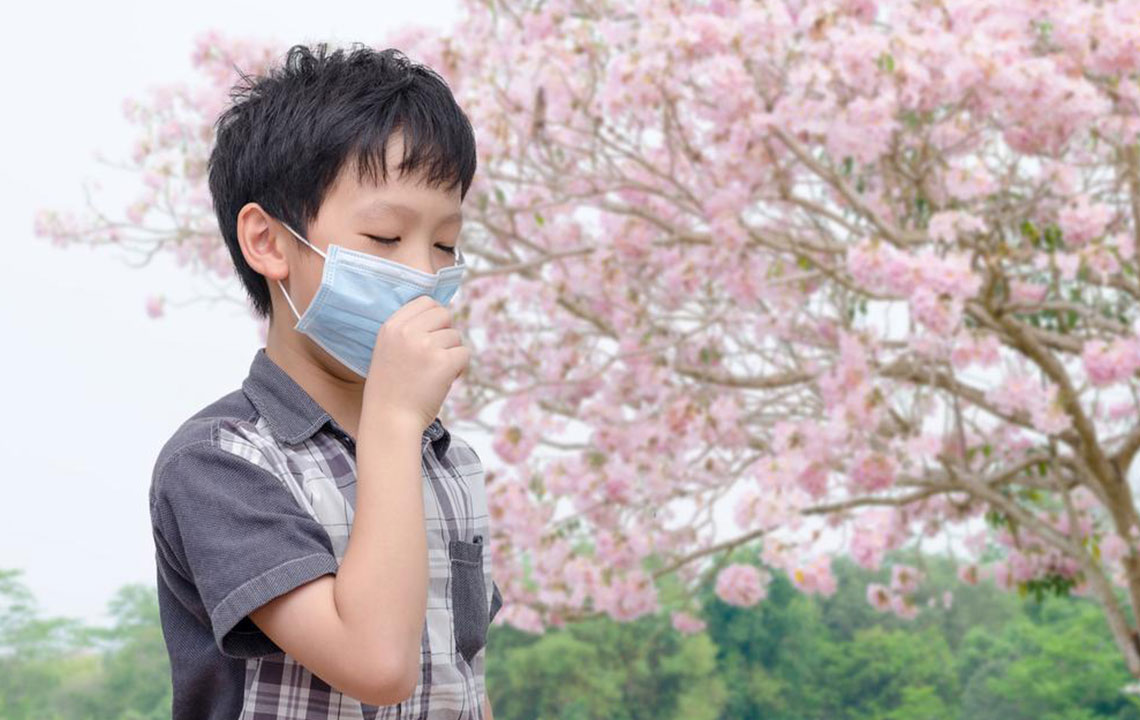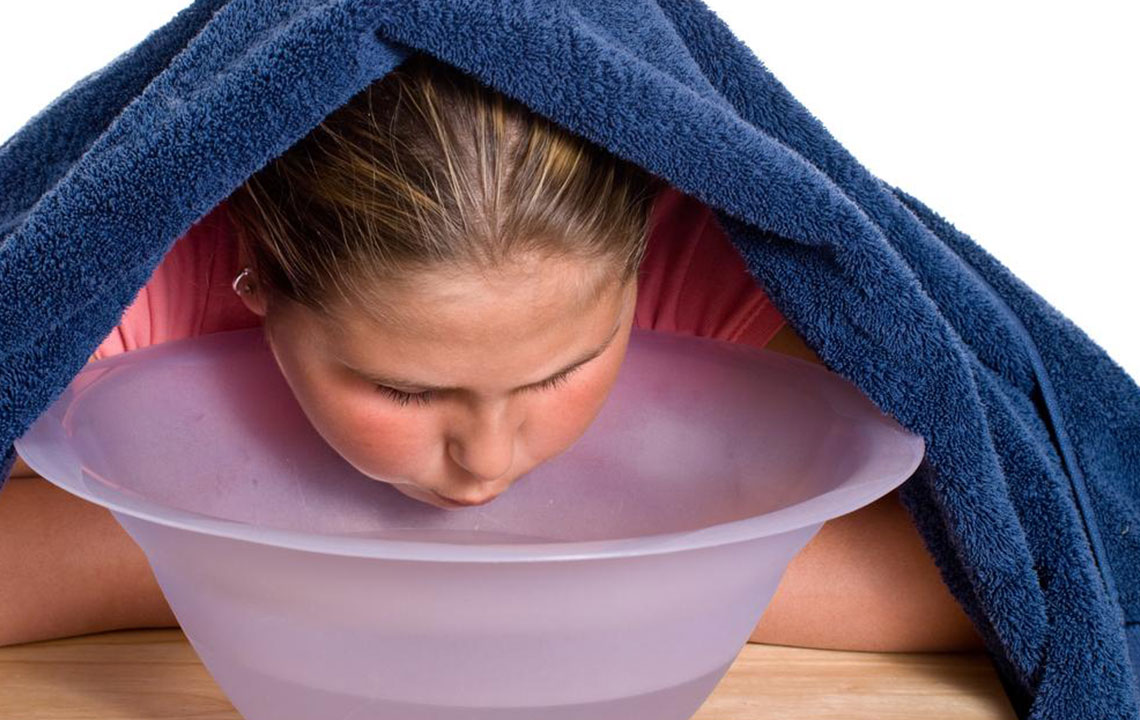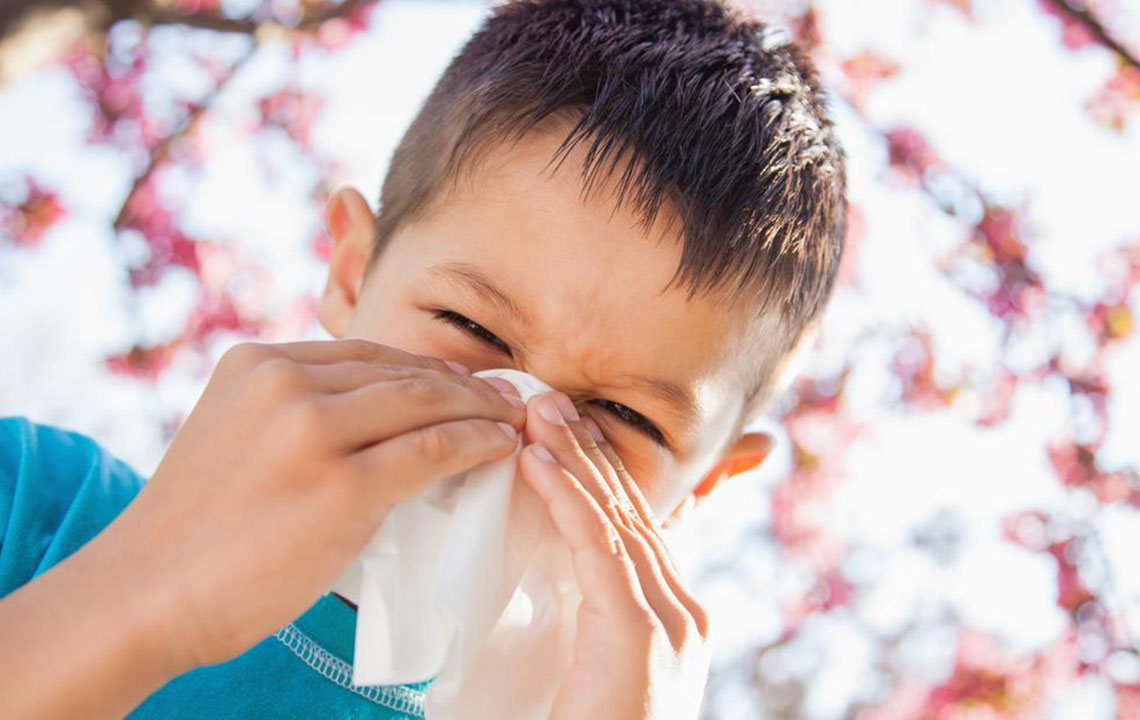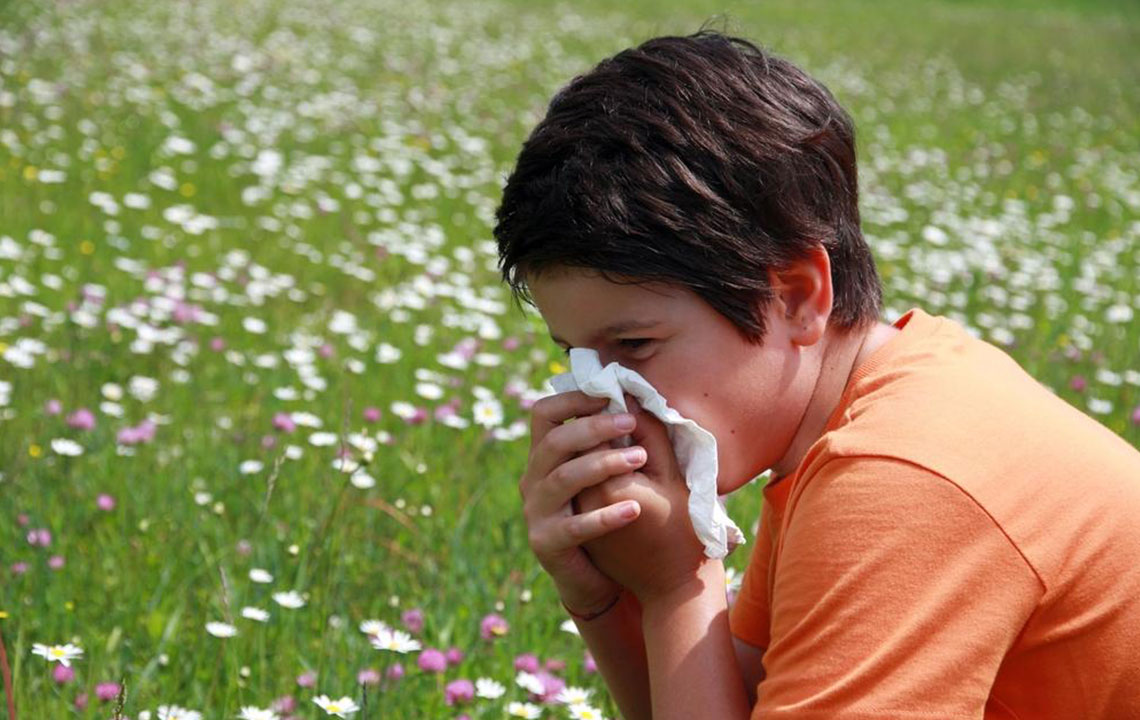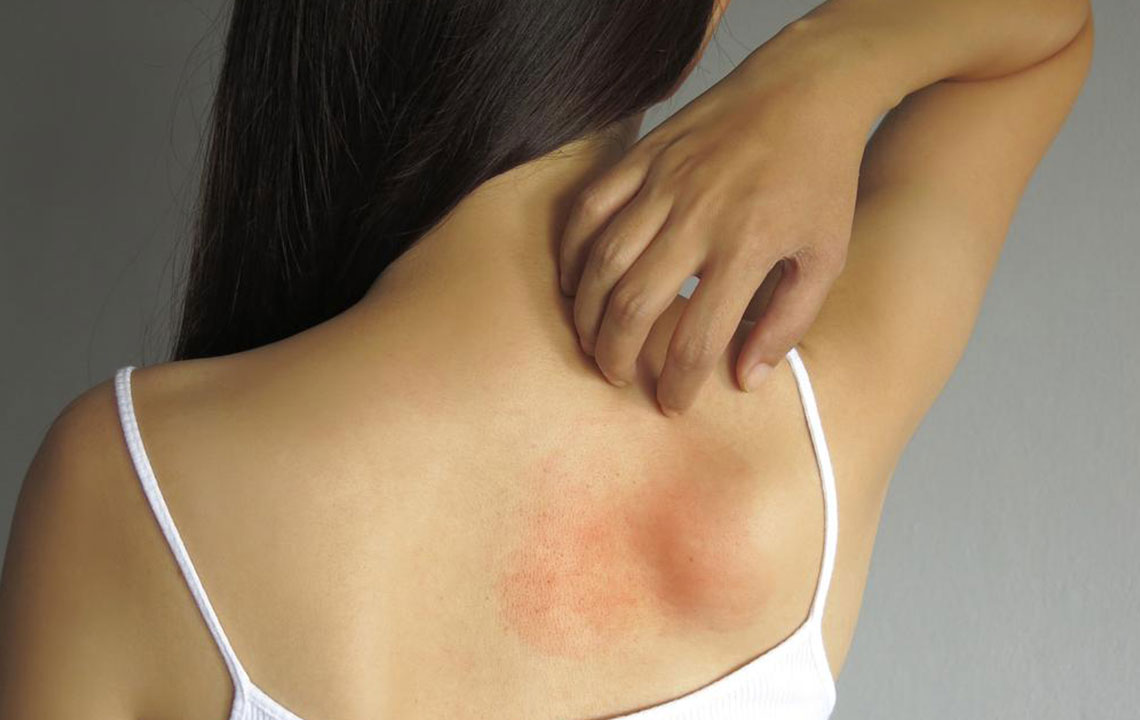Comprehensive Guide to Spotting Mold Allergy Symptoms in Infants and Protecting Their Health
This comprehensive guide highlights the importance of recognizing mold allergy symptoms in infants, including respiratory issues, skin irritations, and eye discomfort. It emphasizes preventive measures like fixing leaks, controlling humidity, and regular cleaning to reduce mold growth at home. Early detection and proper management can safeguard your child's health, ensuring a safe living environment free from mold-related risks. Learn practical tips to identify signs early, implement effective prevention, and protect your little one's developing immune system from potential mold allergy complications.
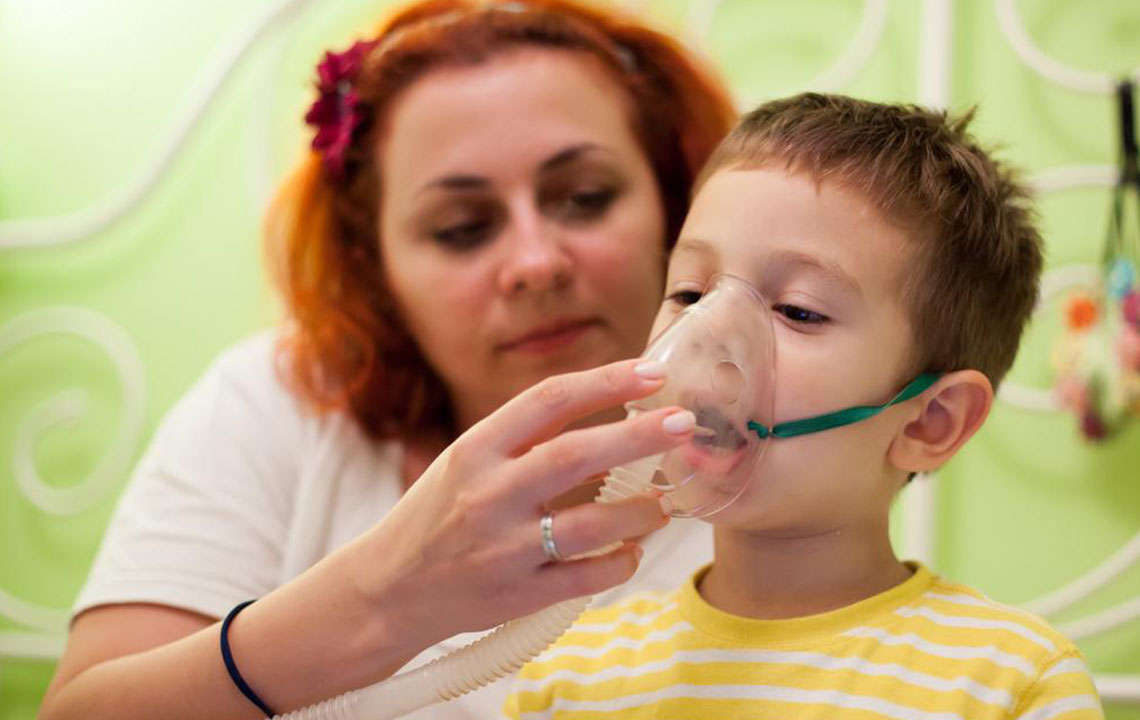
Identifying Mold Allergy Signs in Babies and Ensuring Their Well-being
Homes are often a sanctuary for families, but hidden dangers such as mold can threaten the health of your little ones. Mold is a common indoor allergen that thrives in warm, moist environments, releasing microscopic spores into the air. These spores are easily inhaled, especially by infants whose immune systems are still developing, making early detection and preventive measures vital. Recognizing the symptoms of mold allergy in infants can help caregivers take swift actions to mitigate potential health issues and improve overall safety.
Mold-related health problems in infants are often overlooked or mistaken for common illnesses like colds or flu. However, persistent or unusual symptoms, particularly in mold-prone areas, should raise concern. Mold exposure can cause allergic reactions, respiratory problems, and skin irritations, which can become severe if left untreated. Therefore, understanding the signs and adopting proactive preventive strategies are essential for safeguarding your child's health.
In this comprehensive guide, we will discuss the key symptoms indicating mold allergy in infants, explore the health impacts of mold exposure, and offer practical steps to prevent mold growth in your home. By the end, you'll be equipped with the knowledge necessary to identify early warning signs and implement effective measures to protect your little one from mold-related health risks.
Recognizing Allergic Reactions Caused by Mold
Mold spores, especially from black mold species such as Stachybotrys, can irritate your infant’s nervous system and mucous membranes. This irritation might present as nosebleeds, persistent coughing, dizziness, or sensations of numbness. These symptoms are often subtle but require prompt recognition for effective intervention.
Breathing Difficulties Induced by Mold Exposure
Inhalation of mold spores frequently results in respiratory symptoms similar to seasonal allergies, including a runny or stuffy nose, sore throat, wheezing, and coughing. In infants, these signs may escalate quickly, leading to more serious respiratory distress. Caregivers should monitor any persistent breathing issues and consult healthcare providers for accurate diagnosis and treatment.
Skin Reactions and Irritations
Contact with mold spores can trigger skin-related problems like rashes, redness, swelling, and itching. Such skin reactions might appear suddenly and require attention, especially if they persist or worsen over time.
Eye Discomfort Due to Mold Contact
Mold spores that come into contact with an infant’s eyes can cause redness, tearing, itching, and discomfort. In severe cases, exposure can lead to conjunctivitis or other eye inflammations, necessitating prompt medical management.
Preventive measures play a pivotal role in reducing mold exposure risks. Routine home maintenance, such as fixing leaks, controlling humidity levels, and ensuring proper ventilation, can significantly decrease mold growth. During humid conditions, keeping windows closed and using dehumidifiers helps maintain an environment less conducive to mold proliferation. Regular cleaning and inspection of damp areas like bathrooms, basements, and around windows are critical in early detection and mold management.
In addition, educating yourself about mold’s health impacts and recognizing early symptoms in your baby enables timely medical consultations. Proactive steps such as enhancing home airflow, removing visible mold, and maintaining a dry environment are essential practices for preventing mold-related health issues.
In summary, awareness and early action are the best defenses against mold allergy in infants. By understanding the warning signs and adopting preventive strategies, parents and caregivers can ensure a healthier, safer living environment for their children and reduce the risk of serious health complications associated with mold exposure.
